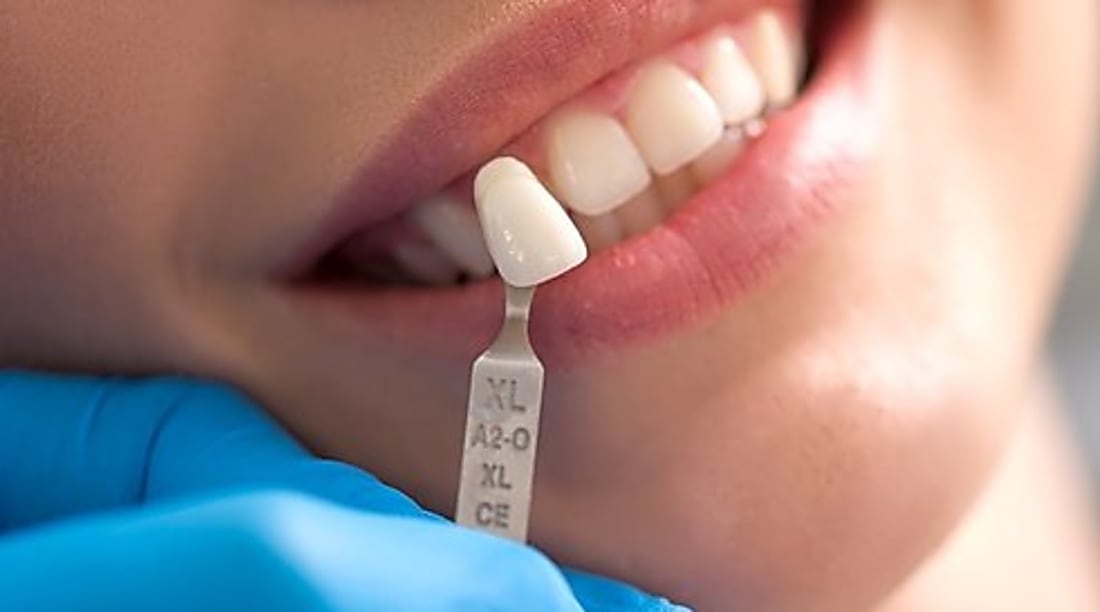Screwless Dental Implants: Modern Solutions for Tooth Replacement
Screwless dental implants represent an innovative approach to tooth replacement that eliminates the need for traditional screw-based attachment systems. These advanced implant solutions use alternative connection methods such as friction-fit, press-fit, or magnetic systems to secure prosthetic teeth. Understanding the benefits, costs, and procedures involved with screwless implants can help patients make informed decisions about their oral health restoration options.

Traditional dental implants have long relied on screw-based systems to attach prosthetic teeth to titanium posts embedded in the jawbone. However, recent technological advances have introduced screwless dental implants as an alternative solution that addresses some limitations of conventional methods. These innovative systems offer unique advantages for specific patient situations while maintaining the reliability and longevity expected from modern implant dentistry.
What Are Screwless Dental Implants and How Do They Work?
Screwless dental implants utilize alternative attachment mechanisms instead of traditional screws to connect the prosthetic crown to the implant post. Common screwless systems include friction-fit connections, press-fit mechanisms, and magnetic attachment systems. The friction-fit approach relies on precise manufacturing tolerances to create a secure connection through mechanical retention. Press-fit systems use tapered connections that lock into place when the crown is pressed onto the implant abutment. Magnetic systems employ rare earth magnets embedded in both the implant and prosthetic components to create a strong, removable connection.
Benefits and Advantages of Screwless Implant Systems
Screwless dental implants offer several potential advantages over traditional screw-retained systems. The elimination of access holes in the crown surface allows for better aesthetics, particularly in visible front teeth where screw holes might compromise appearance. These systems often provide easier maintenance since crowns can be removed more readily for cleaning or adjustment without requiring special tools. The absence of screws also eliminates the risk of screw loosening, a common maintenance issue with traditional implants. Additionally, screwless systems may reduce the risk of ceramic fracture around screw access holes, potentially improving the longevity of porcelain crowns.
Cost Considerations and Pricing for Screwless Implants in 2025
The cost of screwless dental implants varies based on the specific system used, geographic location, and complexity of the case. In Canada, patients can expect to pay between $3,500 and $6,000 per implant for screwless systems, which is typically 10-20% higher than traditional screw-retained implants. The premium pricing reflects the advanced technology and specialized components required for these systems. Factors affecting cost include the type of screwless mechanism, crown material selection, and any additional procedures needed for proper placement.
| Provider/System | Type | Cost Range (CAD) |
|---|---|---|
| Straumann PURE Ceramic | Friction-fit | $4,200 - $5,800 |
| Nobel Biocare Active | Press-fit | $3,800 - $5,500 |
| Zimmer Biomet T3 | Friction-fit | $3,600 - $5,200 |
| Dentsply Sirona Astra | Press-fit | $4,000 - $5,600 |
| BioHorizons Tapered | Friction-fit | $3,500 - $5,000 |
Prices, rates, or cost estimates mentioned in this article are based on the latest available information but may change over time. Independent research is advised before making financial decisions.
Limitations and Considerations for Screwless Systems
While screwless dental implants offer unique benefits, they also present certain limitations that patients should understand. The precision required for proper fit means that adjustments can be more challenging compared to screw-retained systems. If complications arise or modifications are needed, the entire crown may require replacement rather than simple adjustments. Some screwless systems may not be suitable for all clinical situations, particularly in cases requiring significant angulation correction or when dealing with limited vertical space. The long-term data on some newer screwless systems is still being collected, making traditional implants a more predictable choice for some practitioners.
Choosing Between Screwless and Traditional Implant Options
The decision between screwless and traditional dental implants should be made in consultation with a qualified implant specialist who can evaluate individual circumstances. Factors to consider include the location of the missing tooth, aesthetic requirements, bone quality, and long-term maintenance preferences. Screwless systems may be particularly beneficial for front teeth where aesthetics are paramount, while traditional screw-retained implants might be preferred for posterior teeth where function and adjustability are priorities. The patient’s oral hygiene habits and ability to maintain the restoration should also influence the choice of implant system.
Screwless dental implants represent a valuable addition to the range of tooth replacement options available to patients. While they offer distinct advantages in specific situations, the choice between screwless and traditional systems should be based on individual needs, clinical circumstances, and long-term goals. As technology continues to advance, these innovative systems are likely to become more refined and widely available, providing patients with increasingly sophisticated options for restoring their smiles.
This article is for informational purposes only and should not be considered medical advice. Please consult a qualified healthcare professional for personalized guidance and treatment.



